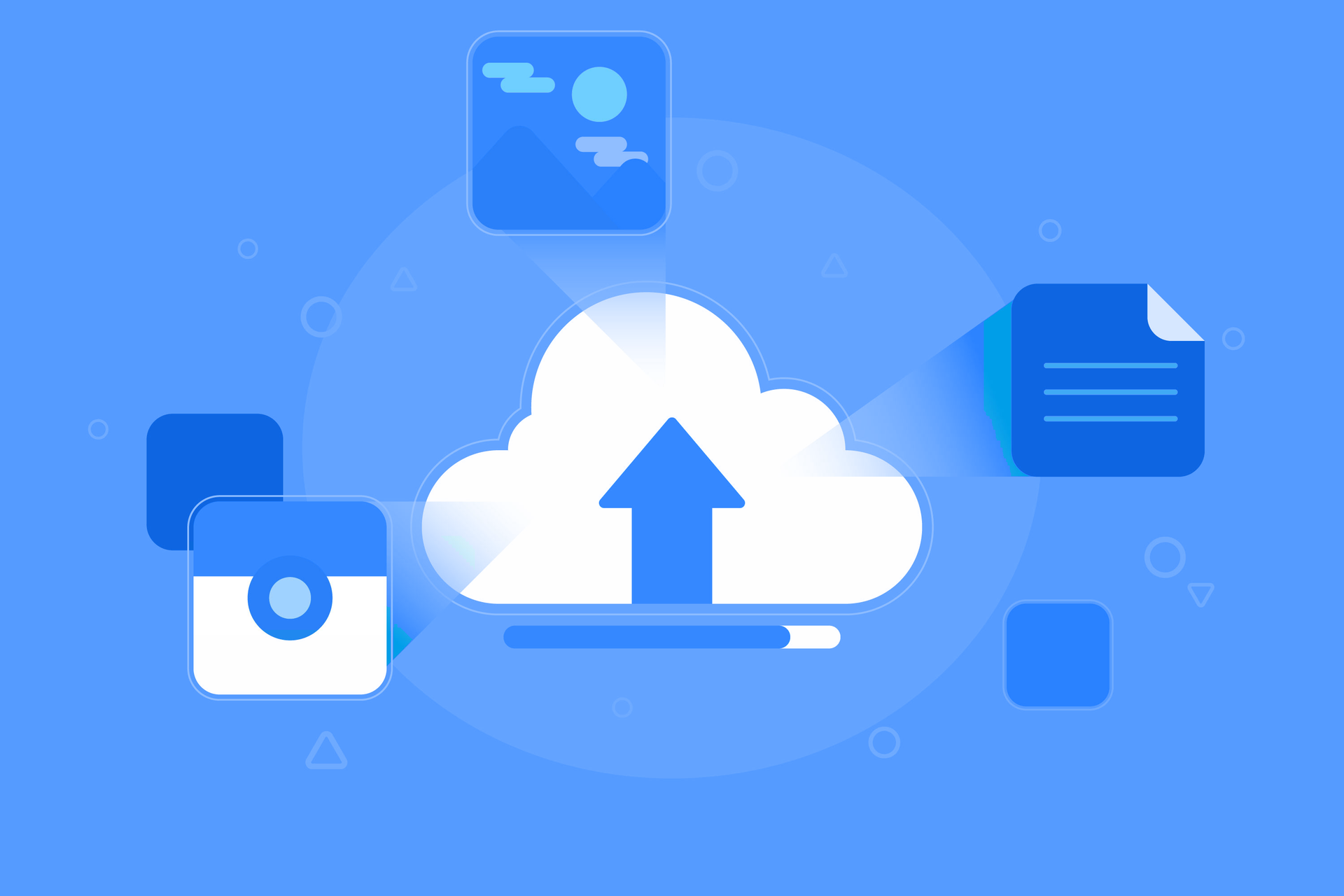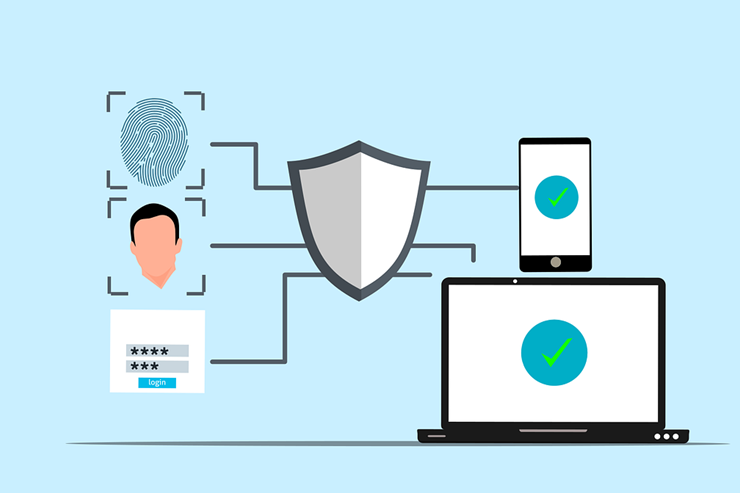ERP: the software your business needs
March 15, 2019

Managing a business is complicated enough: different departments like accounting, management, and sales each have its own software and systems. Don’t you just wish there was a less difficult and more efficient way to manage your enterprise? Wish no more, because enterprise resource planning (ERP) software can solve management problems for you. Read on to find out how.
ERP explained
ERP is a program that integrates all your systems into a single database, so if you want to take a look at human resources, accounting, or sales, you only need to access one system instead of three. In practice, this means that everyone, regardless of department, will be able to access the same information. This also means that employees will no longer have to re-enter data onto their department-specific database, because all databases will already have been linked.
Deeper insight
Simplicity isn’t the only merit of an ERP, however. A single database lets you see all information across every branch of your business and gain actionable insights that enable you to make more informed decisions. Financial reporting, for example, benefits a lot from ERP, since general ledgers, revenue recognition, and tax reporting functionality are built into most ERP software solutions.
In addition to this, ERP systems come equipped with business intelligence features that provide intuitive analysis into your operations and forecast the growth of your company. This helps you and other executives identify bottlenecks and business opportunities.
Better customer service
ERP makes better and faster customer service possible. For instance, if a customer asks whether or not an item is still in stock, customer service representatives can easily access the ERP database and provide a quick answer, instead of having to ask the supply manager.
Simplified compliance
With an ERP, meeting stringent data management regulations is much easier. That’s because the software generally comes with audit functionality, giving you full visibility into your processes. It also provides templates and guidance to help you meet regulations within your industry, such as the Sarbanes-Oxley Act and the International Financial Reporting Standards.
Streamlined workflows
ERP streamlines workflows by eliminating redundant and time-consuming tasks through automation. For one, you can set your ERP to instantly reorder materials when stock levels have reached a certain threshold. This ensures that your enterprise won’t have to deal with out-of-stock or overstocking incidents. Moreover, you can even assign workflows that route invoices and reimbursements to the right accountant to make sure tasks are handled quickly and efficiently.
Rich integrations
One of the most beautiful things about ERP is its integration capabilities: you can integrate it with other services to extend its capabilities. For example, if you need to track customer information and sales figures, you can combine ERP with customer relationship management software or pair it with e-commerce services to streamline web-based purchases. This way, your processes will be seamless and everything you need will be at your fingertips.
As your business grows, your business needs change as well. ERP systems can adapt to your ever-changing needs by giving you unparalleled business management solutions. If you need to add further value to your business, call us today.
Published with permission from TechAdvisory.org. Source.

A slow computer or a frozen screen are the worst things that can ruin your day. You've most likely dealt with outdated technology on multiple occasions if you manage a small business. It may seem cost-effective to extend the life of outdated equipment, but the long-term costs are frequently higher. Due to technological issues like sluggish PCs and antiquated laptops, small businesses lose about 98 hours annually, or 12 working days . This is why it's important to have an IT refresh plan. It helps you stay safe, prevents unplanned malfunctions, and keeps your team operating efficiently. Regardless of whether you outsource managed IT services or handle them in-house, a solid refresh strategy can save time, stress, and money down the line.

Does your small business ever feel like it has too much data? This is a fairly typical occurrence. The way small businesses function has changed as a result of the digital world. In addition to customer emails and backups, we now have an overwhelming amount of data to manage, including financial statements, contracts, logs, and employee records. According to a PR Newswire survey, 72% of company executives say they have stopped making decisions because the information is too overwhelming. All of this data can easily become disorganized if improperly handled. By implementing the appropriate data retention policy, effective IT solutions assist. A strong data retention policy keeps your company compliant, organized, and cost-effective. Here's what should be deleted, what should be kept, and why.

Selecting the best cloud storage solution can be similar to being faced with an endless buffet of options, each one claiming to be the best. A poor choice may result in lost revenue, compromised data, or even a snag in productivity. The stakes are extremely high for small business owners. Regardless of your level of experience, we will guide you through this thorough guide to help you choose a cloud storage solution that is specific to your company's needs.

Cyber threats are a daily reality for small businesses navigating an increasingly digital world; they are not merely an abstract concern. Financial and reputational harm can result from ransomware attacks, phishing scams, or unintentional data leaks. In order to reduce the risks, more businesses are using cyber insurance. Not every cyber insurance plan is made equally. Many business owners think their policy covers them, but they discover (too late) that it has significant gaps. We'll explain exactly what is and isn't covered in this blog post, along with how to pick the best cyber insurance plan for your company.

Have you ever questioned how susceptible your company is to online attacks? Nearly 43% of cyberattacks target small businesses , frequently taking advantage of lax security measures, according to recent reports. Multi-Factor Authentication (MFA) is one of the most underutilized yet powerful ways to safeguard your business. Even with your password, hackers will find it much more difficult to obtain access thanks to this additional security measure. The implementation of Multi-Factor Authentication for your small business is explained in this article. Knowing this will enable you to take an important step toward protecting your data and guaranteeing more robust defense against possible cyberattacks.

Managing a small business requires a lot of multitasking. These hats include operations management, customer service, and maintaining order. AI-powered automation is a solution that can reduce the workload. Small business owners can now automate tasks that were previously done by hand thanks to technological advancements that have made these tools more affordable and accessible than before. There's no need to hire a big staff or spend a fortune. AI can manage a large portion of your hectic workload, allowing you to concentrate on more crucial facets of your company. AI can act as your virtual assistant, increasing productivity and simplifying processes, whether you're a small team manager or a solopreneur. This blog post explores how you can automate everyday tasks and free up your time if you want to learn more about how AI can change your company. We'll demonstrate how to use reasonably priced AI tools to reduce repetitive tasks, save time, and increase business efficiency.

In today's digital world, cyber threats are smarter than ever. Weak passwords or old ways of proving who you are can cost people and businesses money, steal their data, or steal their identities. A strong password is the first thing that will keep hackers out, but it's not the only thing that will work. This guide goes over the basics of strong passwords, two-factor authentication, and the best ways to keep your accounts safe. We'll also talk about new ways to check things and things you should never do.

A sophisticated type of cyberattack known as "password spraying" uses weak passwords to acquire unauthorized access to numerous user accounts. This approach focuses on using a single password or a collection of passwords that are frequently used across multiple accounts. The goal is to circumvent standard security protocols, such as account lockouts. Password-heavy attacks are highly effective because they target people and their password management practices, which are the biggest weakness in cybersecurity. This ar ticle will describe how password spraying operates, address how it differs from other brute-force attacks, and go over how to detect and prevent it. We will also discuss how businesses can defend themselves against these threats and examine real-world examples.

What would happen if tomorrow your company lost all its data? Would your operations come to a complete stop, or would you be able to recover? Data, including communications, financial records, product files, and customer information—is the lifeblood of any small business. However, data security is frequently neglected. After a disaster, 25% of small businesses close within a year, and 40% never reopen , according to the Federal Emergency Management Agency (FEMA). That represents an incredible 65% failure rate because of inadequate preparation. The good news is here. An enterprise budget and a dedicated IT staff are not necessary for disaster data protection. You can create a backup and recovery plan that reduces downtime and provides you with peace of mind if you have the right approach, the appropriate tools, and a little forethought. In this blog post, we will discuss practical and easy-to-follow advice to help you protect your most valuable business asset: your data.

